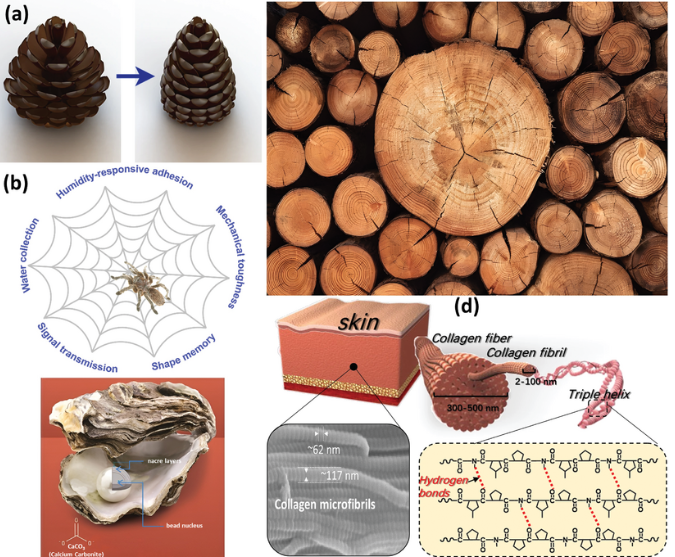Building a Greener Tomorrow: Additive Manufacturing's Sustainability Revolution
- anikshakar6
- Dec 20, 2023
- 1 min read

The buzz around additive manufacturing, or 3D printing, extends beyond speed and efficiency—it's about redefining sustainability in production. Let's explore how this innovative technology is steering businesses toward a more environmentally conscious and simplified manufacturing landscape.
1. Eco-Friendly Practices: Minimizing Material Waste and Energy Consumption
Additive manufacturing champions sustainability by significantly reducing material usage and energy consumption compared to traditional manufacturing methods. The U.S. Department of Energy estimates an incredible 90% decrease in material usage with 3D printing. A testament to this eco-conscious shift is Adidas' Futurecraft Strung shoe, showcasing a 3D-printed midsole crafted from recycled materials—a clear demonstration of the technology's potential in fostering eco-friendly production and waste reduction.
2. Streamlined Production: Simplifying Manufacturing and Assembly Processes
Beyond efficiency gains, additive manufacturing streamlines production and assembly, a key driver propelling its adoption across industries. While traditional manufacturing often involves multi-stage processes and component assembly, 3D printing can fabricate intricate, fully assembled products in one go. Consider BMW's integration of additive manufacturing to craft intricate, fully assembled car components, bypassing additional assembly stages and significantly boosting overall production efficiency.
Additive manufacturing isn't just about speed; it's about weaving sustainability into the fabric of modern manufacturing. As businesses increasingly embrace this transformative technology, the promise of reduced environmental impact and simplified production workflows emerges, paving the way toward a greener, more streamlined manufacturing landscape.




Comments